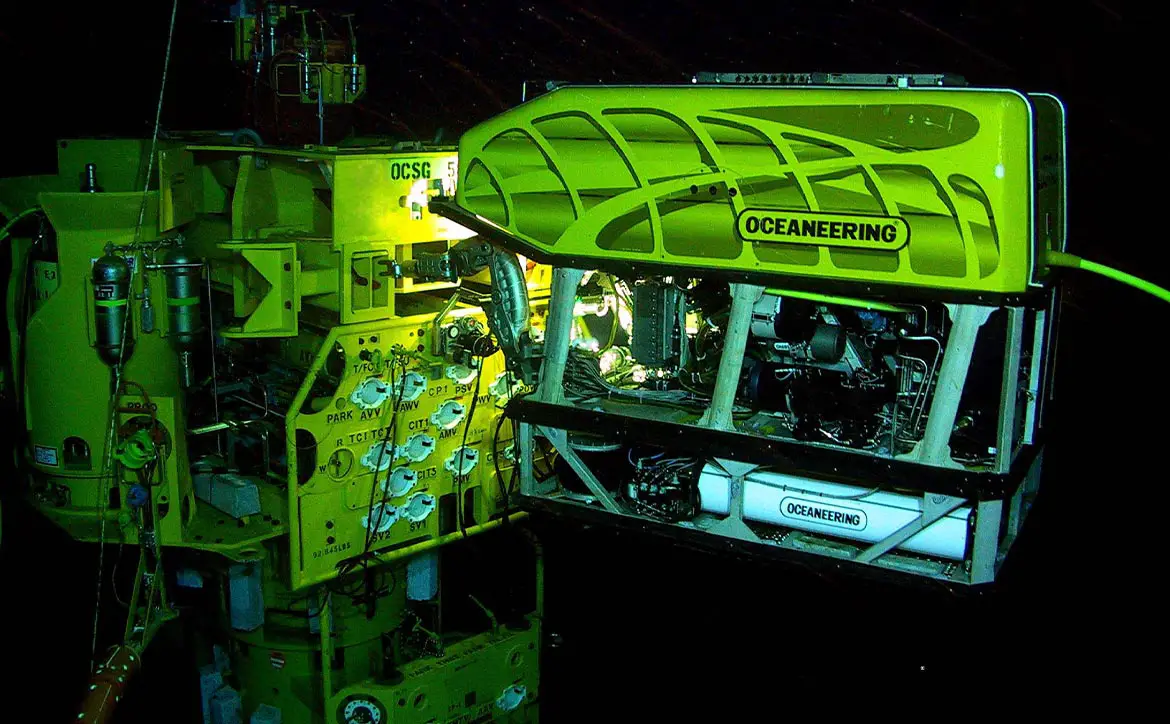You can find tech everywhere you look today. From connected cars on the land to autonomous drones in the skies, there are few, if any, environments that modern technology hasn’t entered. There’s even a rising amount and diversity of underwater technology.
Water covers 71% of the earth’s surface and is essential for life itself and many of our everyday tasks. As such, it makes sense why you would want to create or buy technology that can function while submerged. Building this tech may seem straightforward enough, but there are many significant obstacles in the way.
It may not be evident since submerged technology is everywhere today, but creating these devices is still a challenge. Here are some of the most substantial obstacles that stand in the way.
Cost
High costs are a pressing issue for virtually every type of technology at some point in its lifecycle. Creating something cutting-edge typically involves new, expensive processes or materials, but high prices can limit a device’s accessibility. Since submerged technology has to withstand harsher environments, keeping costs low can be challenging.
Underwater devices need protections that standard alternatives don’t since electronics and water don’t mix well. No matter what kind of gadget you’re building, it’ll need better insulation to survive being underwater. Extra materials mean more costs and many waterproof materials aren’t cheap, either.
Thankfully, as more manufacturers have pursued submerged technology, the necessary processes and materials have become more affordable. Data analytics and real-time reporting have also helped companies mitigate high costs during production and installation. Some energy businesses, for example, have installed subsea monitoring devices to minimize expenses related to underwater carbon capture technology.
Maintenance concerns
Every piece of equipment will need maintenance at some point, but underwater devices have extra concerns. Even the cleanest water is harsher on many materials than the air. Metals rust, plastics decay, and that doesn’t even factor in waterborne particles like salt or sand that can cause additional wear and tear.
Since technology will break down faster in water than on land, submerged devices may need more frequent maintenance. Depending on the specific situation, the act of maintaining them can be a challenge, too. If you’re dealing with large undersea structures, you’ll have to send teams of divers to repair them, which quickly becomes costly and inconvenient.
The most straightforward answer to this problem is to use materials that can better withstand underwater conditions. For example, underwater treadmills use stainless steel and rubberized belts to stay rust-free. For major submerged installations, companies can use IoT sensors to monitor performance and create optimized maintenance schedules.
Communication issues
Tech today is all about communication, and more often than not, wireless communication. This is a challenge with underwater devices, though, since wireless signals don’t move through water as efficiently. Water is roughly 830 times denser than air and has a different resonant frequency, so it absorbs and distorts radio waves far faster.
This density makes sound wave-based communication, like sonar, effective underwater, but these signals struggle to penetrate the surface. So the wireless signals that work underwater don’t work as well above the surface and vice versa. That puts considerable limits on the kinds of technology you can use underwater, especially considering how much we rely on wireless communications today.
Most submerged technology still uses wired communication, but some researchers have made wireless breakthroughs. In 2018, MIT scientists developed a system that creates ripples on the surface with soundwaves, then uses a specialized radar system to read them. The system then translates the ripples’ frequency into electrical signals, enabling underwater-to-aerial communication.
High pressure
As mentioned earlier, water is significantly denser than air. The deeper you go, the more pressure you have to work with, too. For every 33 feet of depth, pressure increases by one atmosphere, so if you’re 66 feet deep, you’ll feel pressure three times higher than that above the surface. That poses a problem for technology.
Electronics are sensitive, so all of that pressure can interfere with or even break them. The structures that house these electronics need to withstand far more pressure than anything on land. The materials you need to build these protections can quickly get expensive, and the deeper you go, the more you’ll need.
Submerged technology has to use materials that aren’t compressible, like metals and PVC. Many of these are traditionally expensive or heavy, but research produces lighter, more affordable versions all the time. Composites like carbon fiber, for example, provide far more strength than steel or aluminum while being several times lighter.
Submerged tech faces challenges but holds vast potential
There are countless reasons why you would want cutting-edge underwater technology. These devices can improve scientific research, protect underwater communications lines or provide exciting new recreational activities. Making these gadgets is far from straightforward, but it’s a worthwhile endeavor when you consider their benefits.
Submerged technology has come a long way in a short while despite these persistent challenges. With new materials and techniques emerging all the time, these technologies will likely grow exponentially in the future. Before long, underwater technology could be as prevalent as its above-surface counterparts. It’s already more common than you may realize.
What do you think about submerged technology and the obstacles that face it? Let us know on Twitter, or MeWe.











Comments are closed.